Archives
- 2018-07
- 2019-06
- 2019-07
- 2019-08
- 2019-09
- 2019-10
- 2019-11
- 2019-12
- 2020-01
- 2020-02
- 2020-03
- 2020-04
- 2020-05
- 2020-06
- 2020-07
- 2020-08
- 2020-09
- 2020-10
- 2020-11
- 2020-12
- 2021-01
- 2021-02
- 2021-03
- 2021-04
- 2021-05
- 2021-06
- 2021-07
- 2021-08
- 2021-09
- 2021-10
- 2021-11
- 2021-12
- 2022-01
- 2022-02
- 2022-03
- 2022-04
- 2022-05
- 2022-06
- 2022-07
- 2022-08
- 2022-09
- 2022-10
- 2022-11
- 2022-12
- 2023-01
- 2023-02
- 2023-03
- 2023-04
- 2023-05
- 2023-06
- 2023-07
- 2023-08
- 2023-09
- 2023-10
- 2023-11
- 2023-12
- 2024-01
- 2024-02
- 2024-03
- 2024-04
- 2024-05
- 2024-06
- 2024-07
- 2024-08
- 2024-09
- 2024-10
- 2024-11
- 2024-12
- 2025-01
- 2025-02
- 2025-03
- 2025-09
- 2025-10
-
The finding that OCT is expressed in the nucleus
2024-02-01
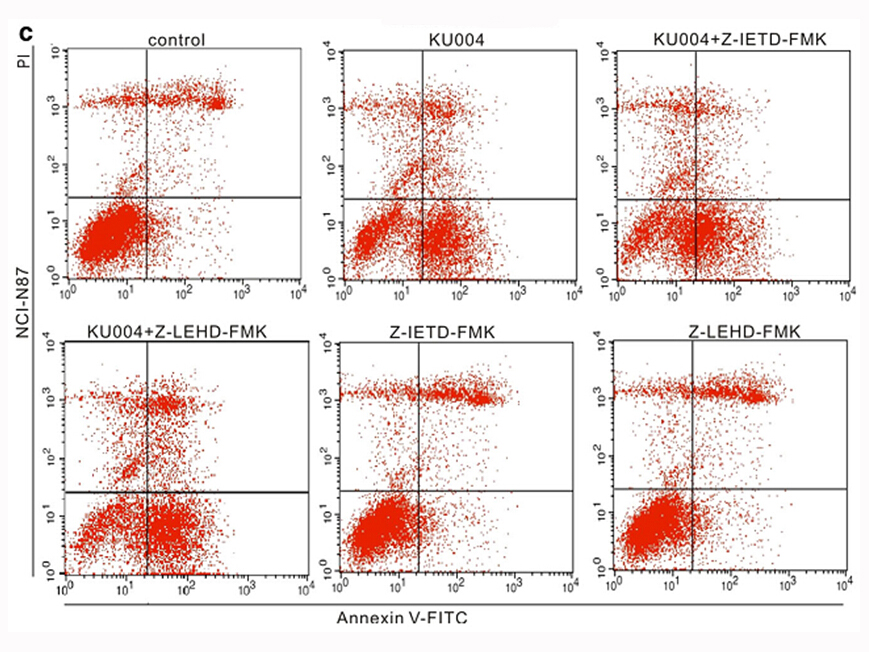
The finding that OCT3 is expressed in the nucleus accumbens (Gasser et al., 2009) suggests that inhibition of this transporter may underlie previously described effects of glucocorticoids on extracellular DA concentrations and indicates that DA clearance in this region is not mediated exclusively by
-
Although the role of mossy fiber sprouting in epileptogenesi
2024-02-01
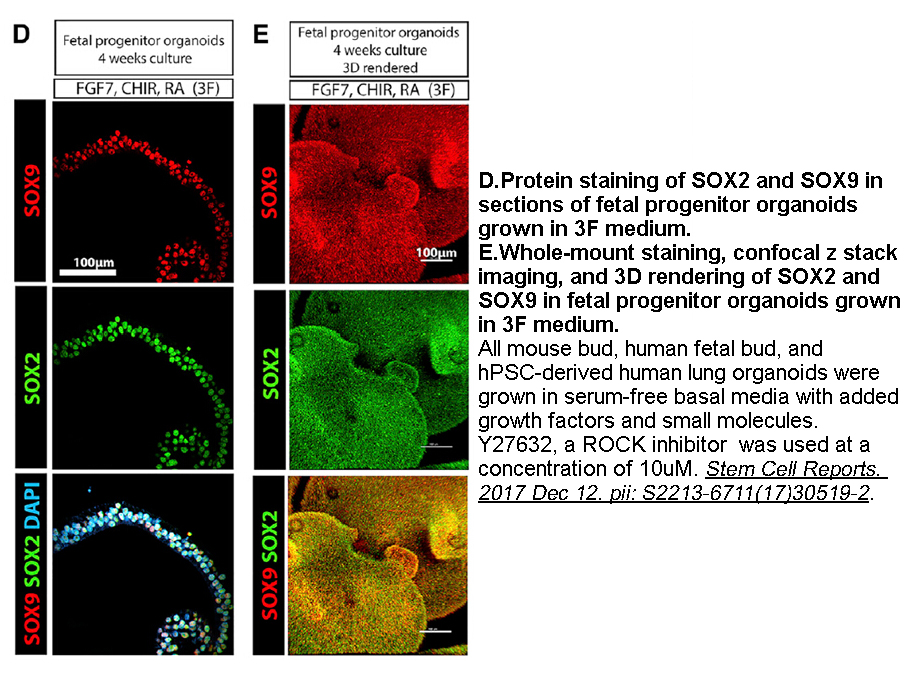
Although the role of mossy fiber sprouting in epileptogenesis has been challenged (Elmer et al., 1997, Nissinen et al., 2001), in addition to astrogliosis, mossy fiber sprouting is one of the characteristic histopathological findings in TLE (Kharatishvili et al., 2006, Pitkanen et al., 2007, Represa
-
Our initial approach to identify hits was two pronged
2024-02-01
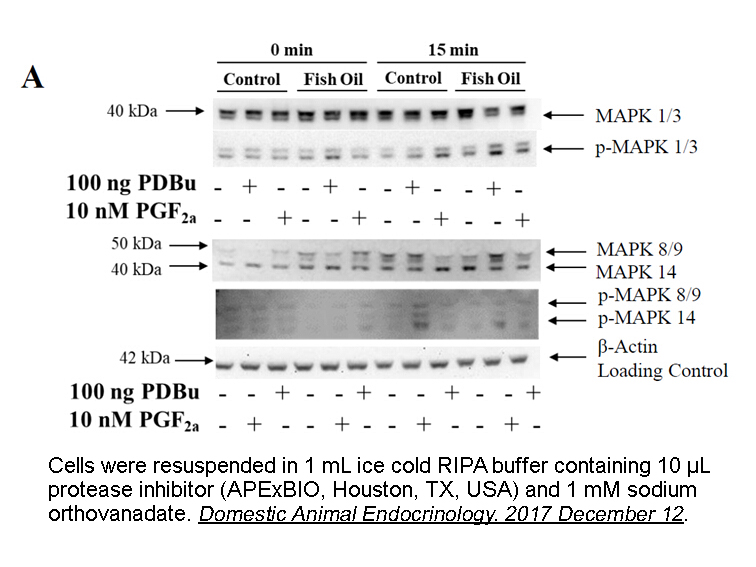
Our initial approach to identify hits was two-pronged and included a high-throughput screening (HTS) campaign of the OSI ACY1215 library as well as a virtual screening (VS) campaign, utilizing a publically available crystal structure of ACK1 (PDB code: ). A tolerance for protein flexibility was inc
-
LPA binds to six specific cell surface GPCR receptors
2024-02-01
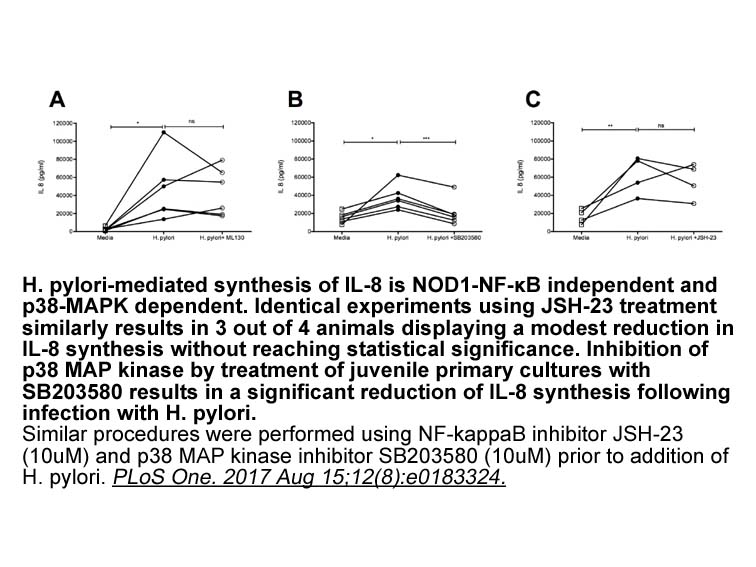
LPA binds to six specific cell surface GPCR receptors. The receptors LPA1 (lysophosphatidic receptor 1, formerly, Edg2), LPA2 (Edg4) and LPA3 (Edg7) belong to the endothelial differentiation gene family (EDG) and share sequence homology (50–60% amino PI3K Akt mTOR Compound Library homology) An et a
-
Having established the structural requirements for potency i
2024-02-01
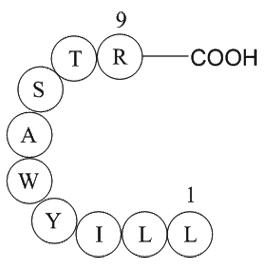
Having established the structural requirements for potency in both the biochemical and biomarker (CRA) assays, we evaluated key compounds in the metabolic stability assay. Disappointingly, we found that all compounds had high intrinsic clearances in mouse microsomes. To ascertain whether the in vitr
-
Zhang et al screened three thousand compounds library
2024-02-01
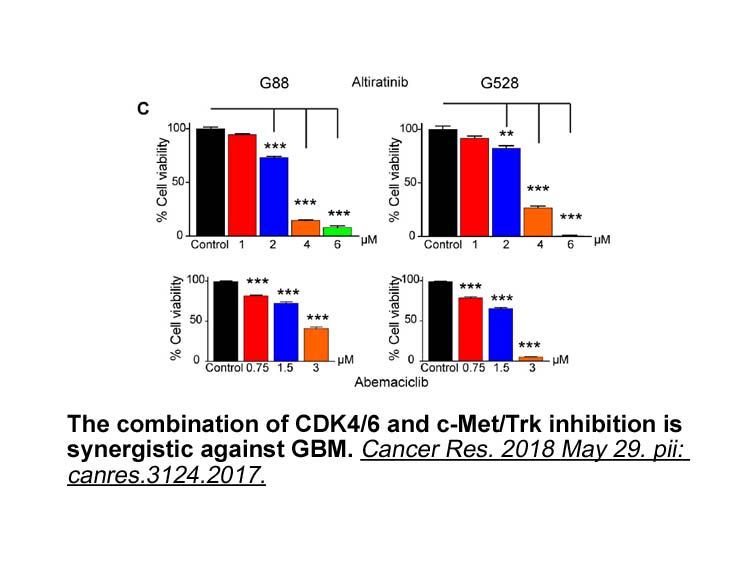
Zhang et al. screened three thousand compounds library and found two active 3,5,6-substituted indolin-2-one molecules. Further, they designed various derivatives of this scaffold and among them compound 23 from the series was found active with 1.8 μM on Aurora-B kinase luminescent assay [53]. Jeffe
-
The ambiguity surrounding the role played by
2024-02-01
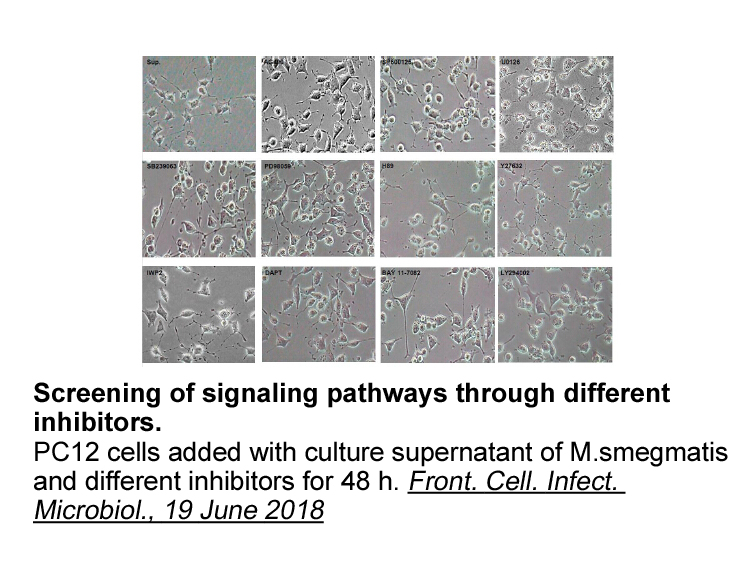
The ambiguity surrounding the role played by the 15-LOXs in malignant biological processes stems also from the limitations of current animal models, and especially the usage of its 12/15-LOX murine homolog, which can also catalyze the production of 12-HETE. Indeed, the proinflammatory effect of 12-H
-
The uterine muscle also changes to meet the demands of
2024-02-01
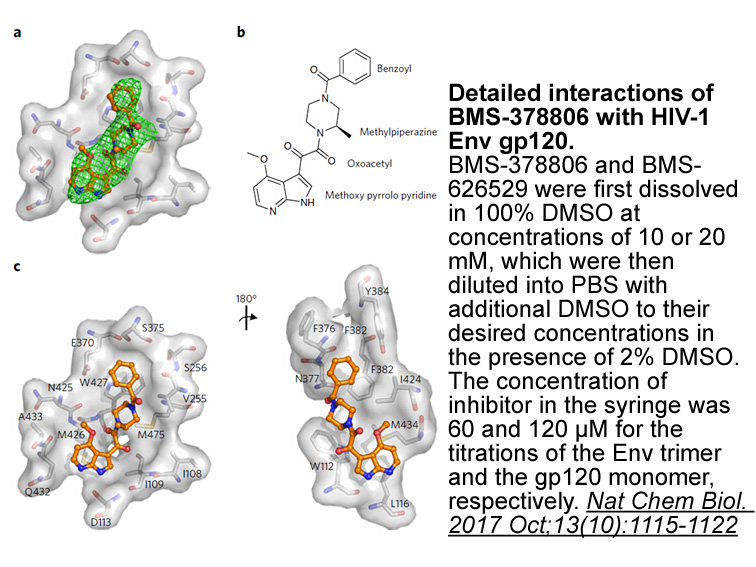
The uterine muscle also changes to meet the demands of pregnancy. Over the course of pregnancy, the myometrium undergoes structural remodeling to accommodate a growing fetus, followed by a functional switch from quiescent to contractile characteristics for parturition. Studies on the mouse model ind
-
br Conclusion In conclusion the arginase from P
2024-01-31

Conclusion In conclusion, the arginase from P. aeruginosa IH2 was purified with electrophoretic homogeneity. Purified enzyme was homo-dimer and showed significant activity and catalytic stability near to the pH of circulating system and temperature of human body. The prolonged serum and proteolyt
-
br Introduction O Dowd et al identified a
2024-01-31
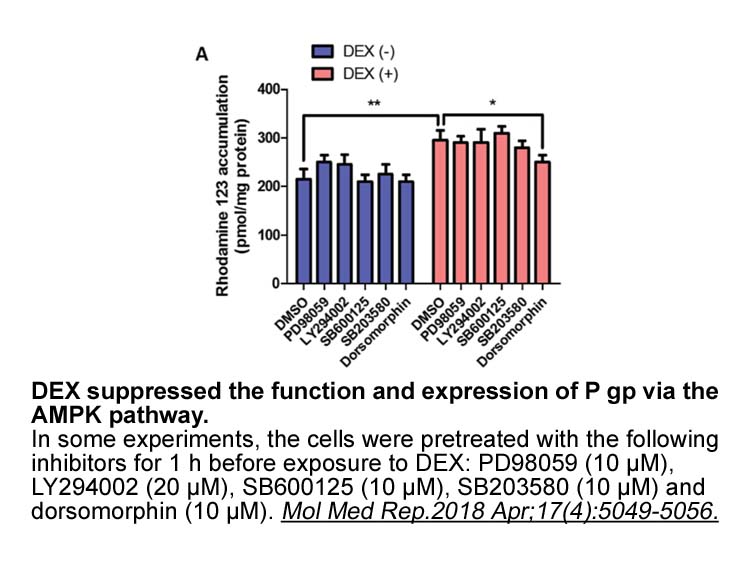
Introduction O’Dowd et al. identified a gene very similar to angiotensin type-1 receptor in 1993 (O’Dowd et al., 1993). The specific selective ligand of this receptor called APJ receptor was determined by Tatemoto et al. in 1998 as apelin (Tatemoto et al., 1998). The high expression of apelin and
-
br Conclusion br Conflicts of Interest Disclosures br
2024-01-30
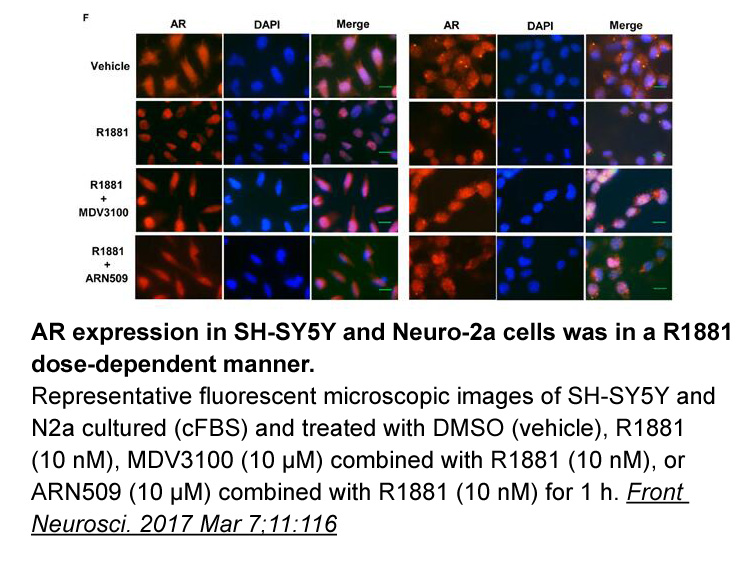
Conclusion Conflicts of Interest/Disclosures Acknowledgement This study was funded by the Ministry of Science of the Republic of Serbia (grant #175083). Introduction Myasthenia gravis (MG) is an antibody-mediated, neuromuscular transmission disorder, where the targets are postsynaptic p
-
br Conclusions and future directions Translation of the
2024-01-30
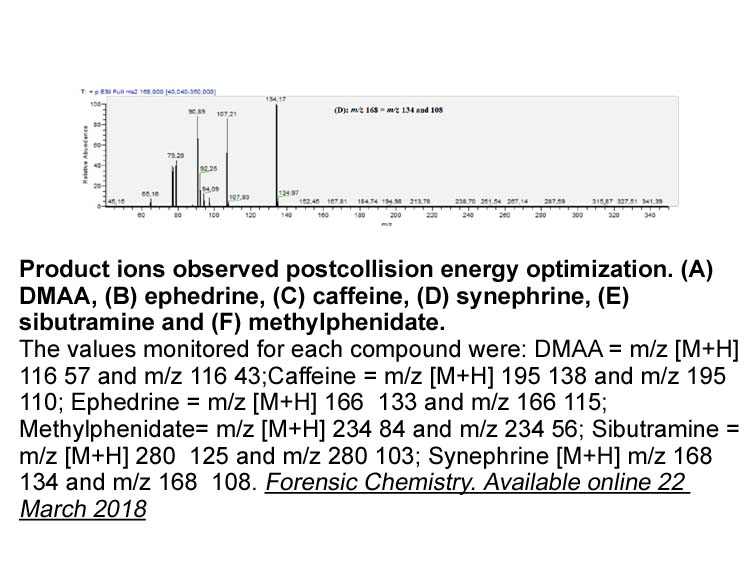
Conclusions and future directions Translation of the therapy to human MG will require a substitute adjuvant for IFA. Most human vaccines use aluminum salts (alum) as adjuvants. Both IFA and alum selectively promote antibody dominated Th 2 immune responses, rather than T killer cell dominated Th 1
-
br AD and COX LOX pharmacology Early studies on
2024-01-30
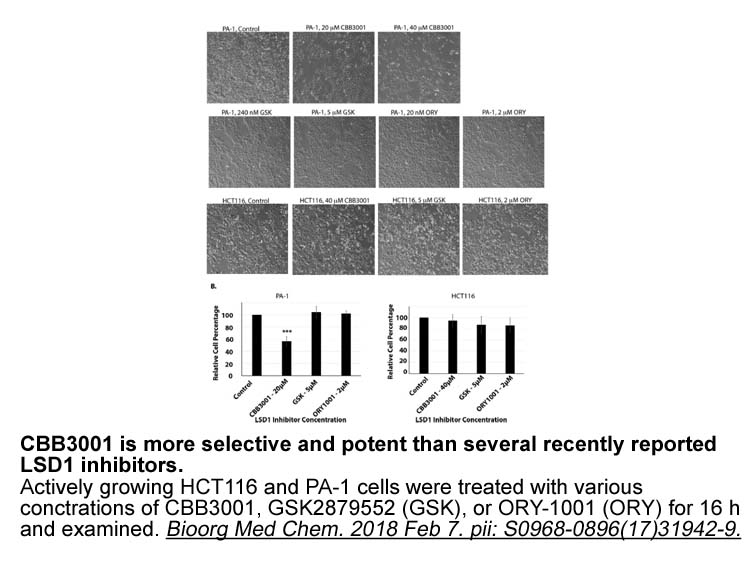
AD and COX/5-LOX pharmacology Early studies on the role of cyclooxygenases in AD were inspired by epidemiological data suggesting that COX inhibitors such as nonsteroidal anti-inflammatory drugs (NSAIDs) could be beneficial in AD patients (Lucca et al., 1994, McGeer et al., 1990). This line of re
-
mth1 inhibitor br Conflict of interest br Acknowledgements
2024-01-30
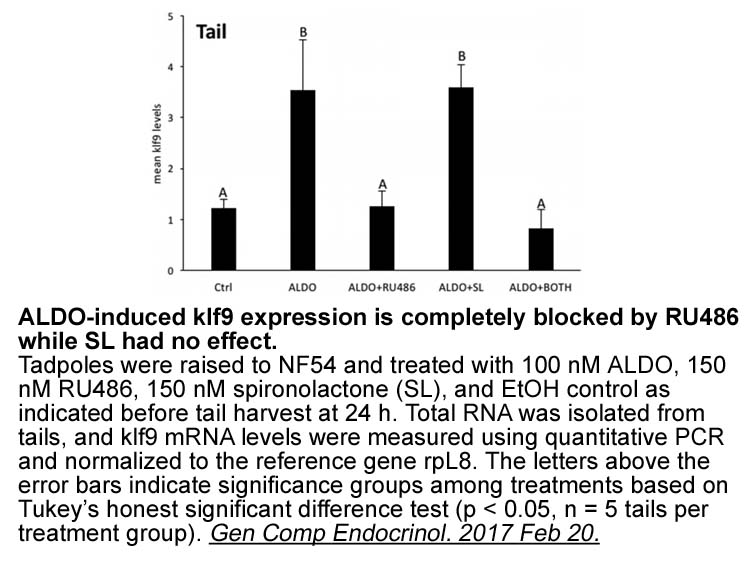
Conflict of interest Acknowledgements Introduction The mitogen-activated protein kinase (MAPK) pathway is an important intracellular signaling system that regulates diverse cellular functions, such as proliferation, differentiation, and apoptosis [1]. Apoptosis signal-regulating kinase 1 (A
-
Weak and transient interactions of HMGB proteins in such
2024-01-30
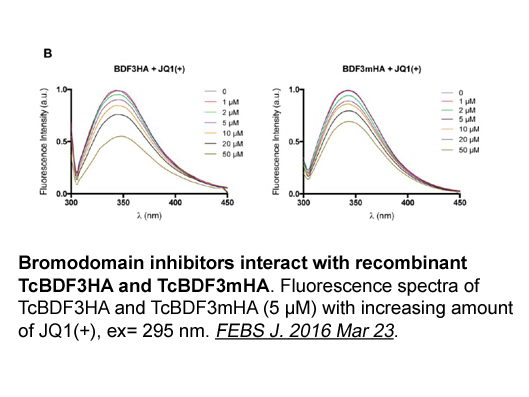
Weak and transient interactions of HMGB proteins in such hit-and-run mechanisms are understandable given that “fluorescence loss in photobleaching” (FLIP) experiments employing GFP-labeled HMGBs have shown that in living cells they are the most mobile of all nuclear proteins [144]. The entire pool o
15432 records 201/1029 page Previous Next First page 上5页 201202203204205 下5页 Last page